For a small town, Weesp has seen its fair share of history. Sitting strategically on the River Vecht, a tributary of the Rhine, a Roman war fleet sailed down this river on their way to ‘conquer’ Germania, only to be destroyed by the barbarian hordes. The Battle of Teutoburg Forest became known as Rome’s worst ever defeat, and ended the Roman Empire’s attempts to extend its power east of the Rhine. In the 9th Century, Vikings sailed the other way up the Vecht to wreak havoc in the city of Utrecht.
To be fair, the Weesp area was little more than a peat bog at the time, and it wouldn’t be until the 14th Century that enough people lived here for it to be granted city rights. The 14th Century took a liberal attitude to what constituted a city, today it would be little more than a village. In later centuries the Vecht formed the defensive boundary of the County of Holland, and Weesp was at the centre of two important military defence lines: the Dutch Waterline and the Defence Line of Amsterdam.



Weesp was, and still is, a small place, but this didn’t stop it becoming a military stronghold. It had a garrison right up until World War II, when static lines of defence were rendered obsolete by airplanes and military tactics that were a bit more advanced than digging trenches. You can still see the legacy of this history dotted around the town and surrounding countryside.
The Dutch Waterline, built in the 17th Century, saw regular action over the centuries. Weesp was heavily involved in repelling Prussian troops in 1787, a fact that is celebrated at one of the fortifications on the fringe of town. By contrast, the Defence Line of Amsterdam, a Dutch version of the French Maginot Line, was only completed in 1920 and never actually saw military action.

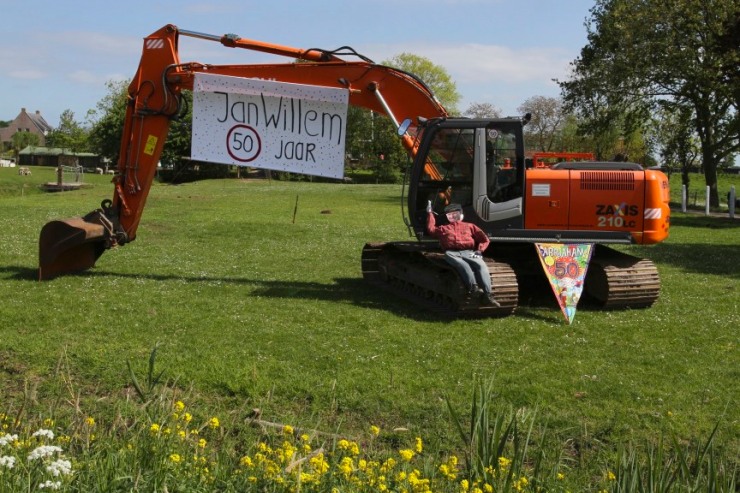

It’s not so obvious today, but Amsterdam was encircled by a 135km ring of forts and garrison towns, including Weesp, constructed to defend the nation’s most important city. Today it’s an UNESCO World Heritage Site. In front of the fortifications was an inundation zone, flooded to impede the advancing enemy but designed not to be too deep to allow boats to move on the water. This is the only thing I recall about the Netherlands’ military strategy from my school history lessons.
Remarkably, despite being obsolete from the moment it was completed, the Defence Line of Amsterdam was still in use right up until the 1960s, when presumably the threat of nuclear annihilation at the hands of the Soviet Union was more of a concern.

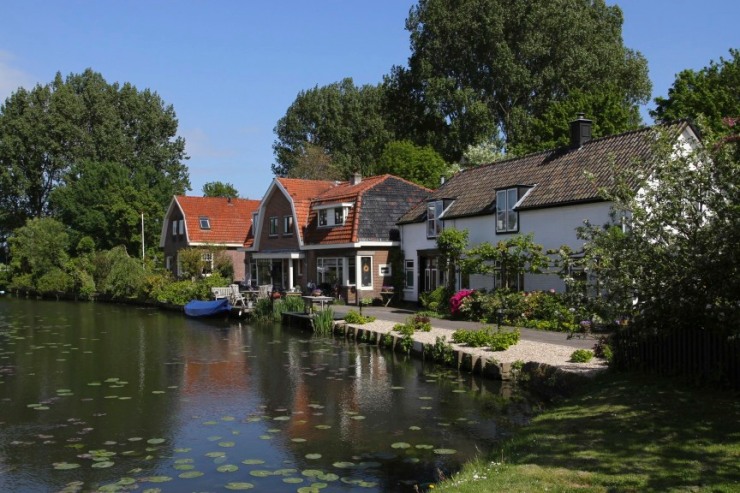
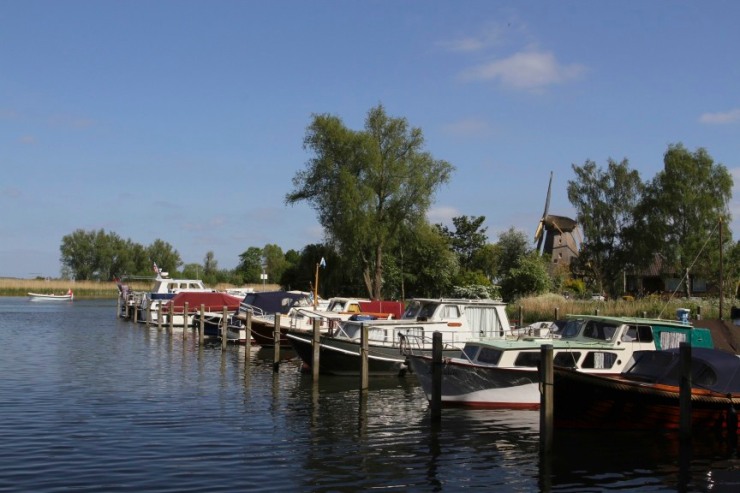
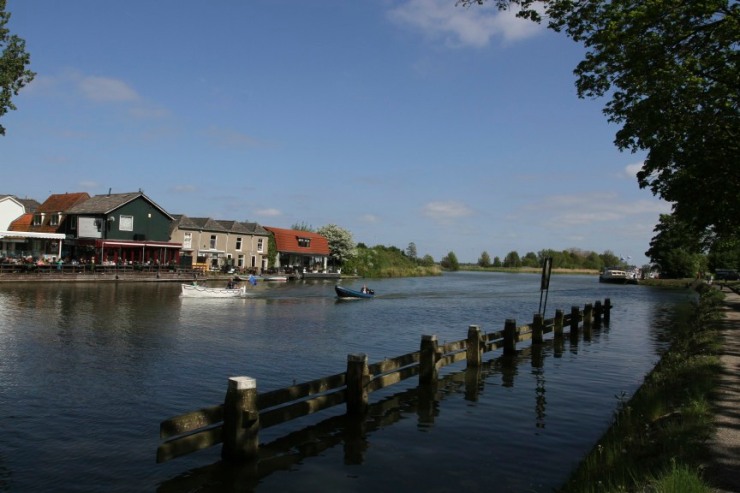
Modern-day Weesp is a picture-postcard-perfect town, with a compact historic centre that is unsurprisingly surrounded by water. On one side of the town is the River Vecht, dotted with windmills; on the other side of town is Europe’s busiest canal, the Rijnkanaal, built in the 1950s to improve trade between Germany and the North Sea. Weesp’s old town is criss-crossed by canals.
I cycled the short distance from Muiderslot castle along the banks of the River Vecht before arriving in the scenic centre of Weesp. On a hot day, I was happy to park the bike, get an ice cream and wander around the narrow streets and canals at leisure. There were lots of boats and boaters using the waterways either en route to or from the IJsselmeer, Utrecht and Germany. Weesp is clearly a hub for boats.
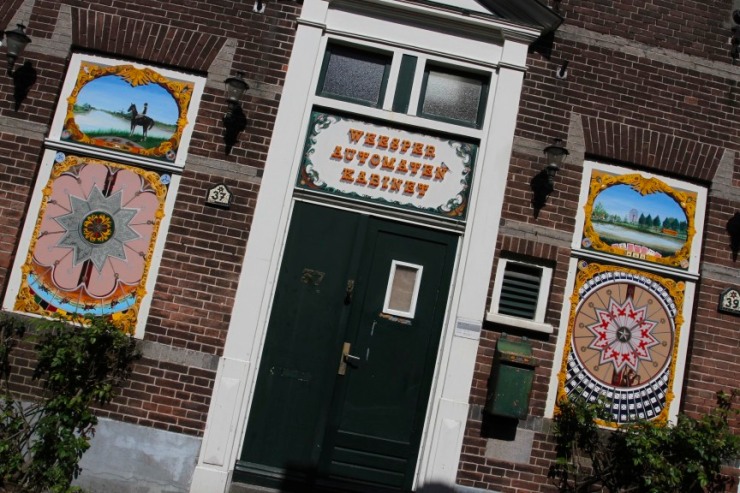


Working my way to the river I sat on top of the old fortifications and gazed out over the River Vecht; a small harbour and a couple of windmills added to the tranquil scene. At this very spot the Prussians were defeated by a combination of water and dogged determination nearly 230 years ago. If there is a more Dutch scene than this I don’t know what or where it might be.
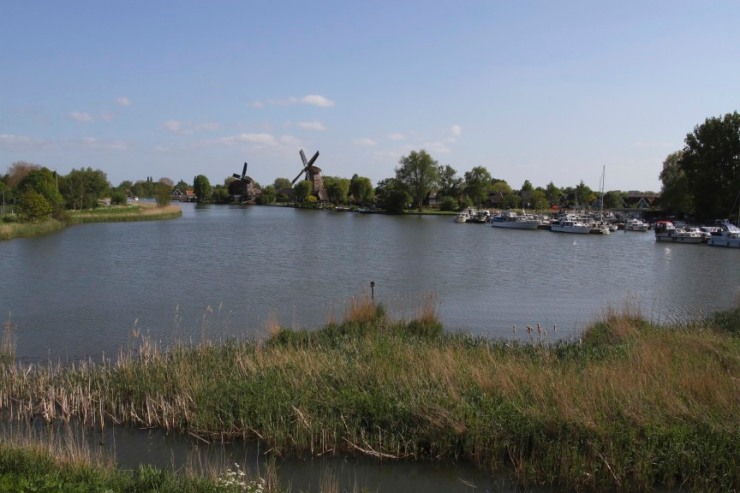


Back on the bike again, I cycled through Weesp’s more modern suburbs and found my way to the Rijnkanaal. Heading back to Amsterdam it struck me that I was cycling through the military buffer zone that had protected the de facto capital of the Netherlands for centuries.



1 thought on “Along the Vecht to Weesp”